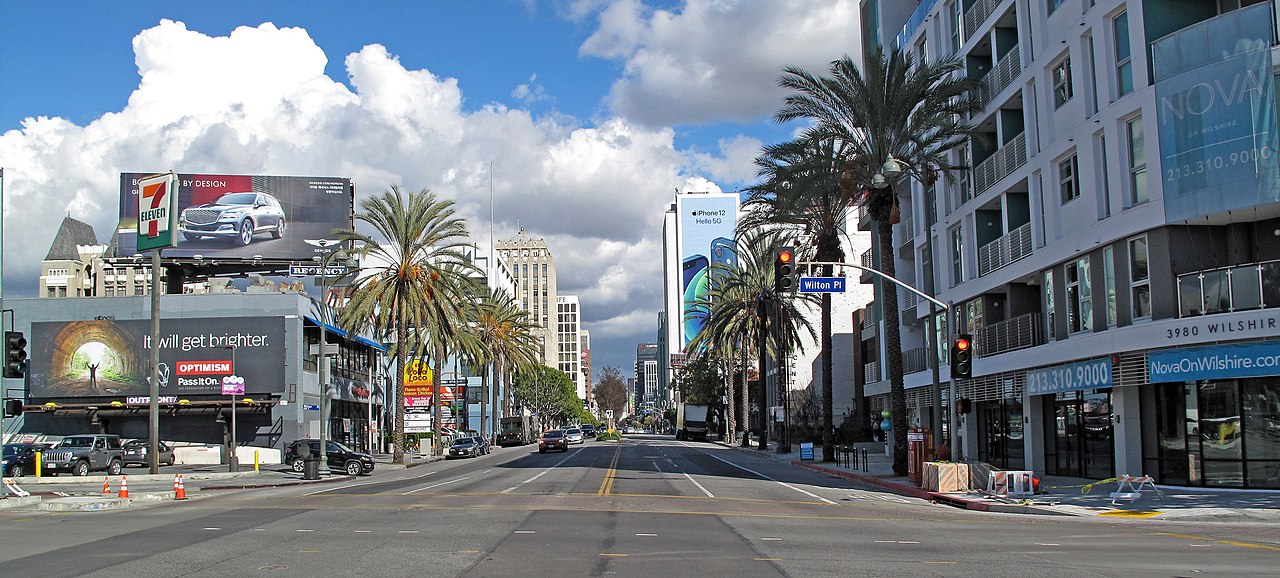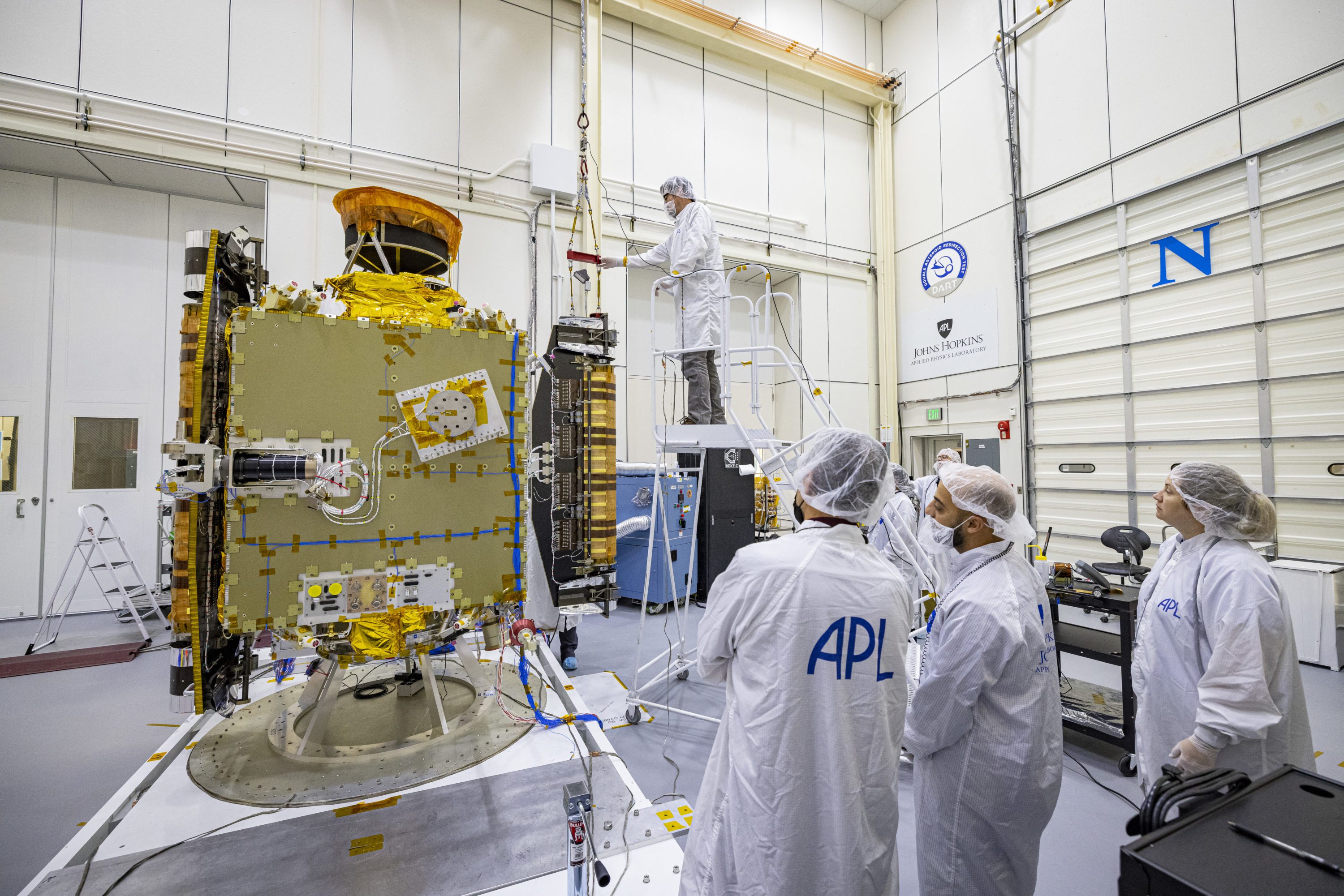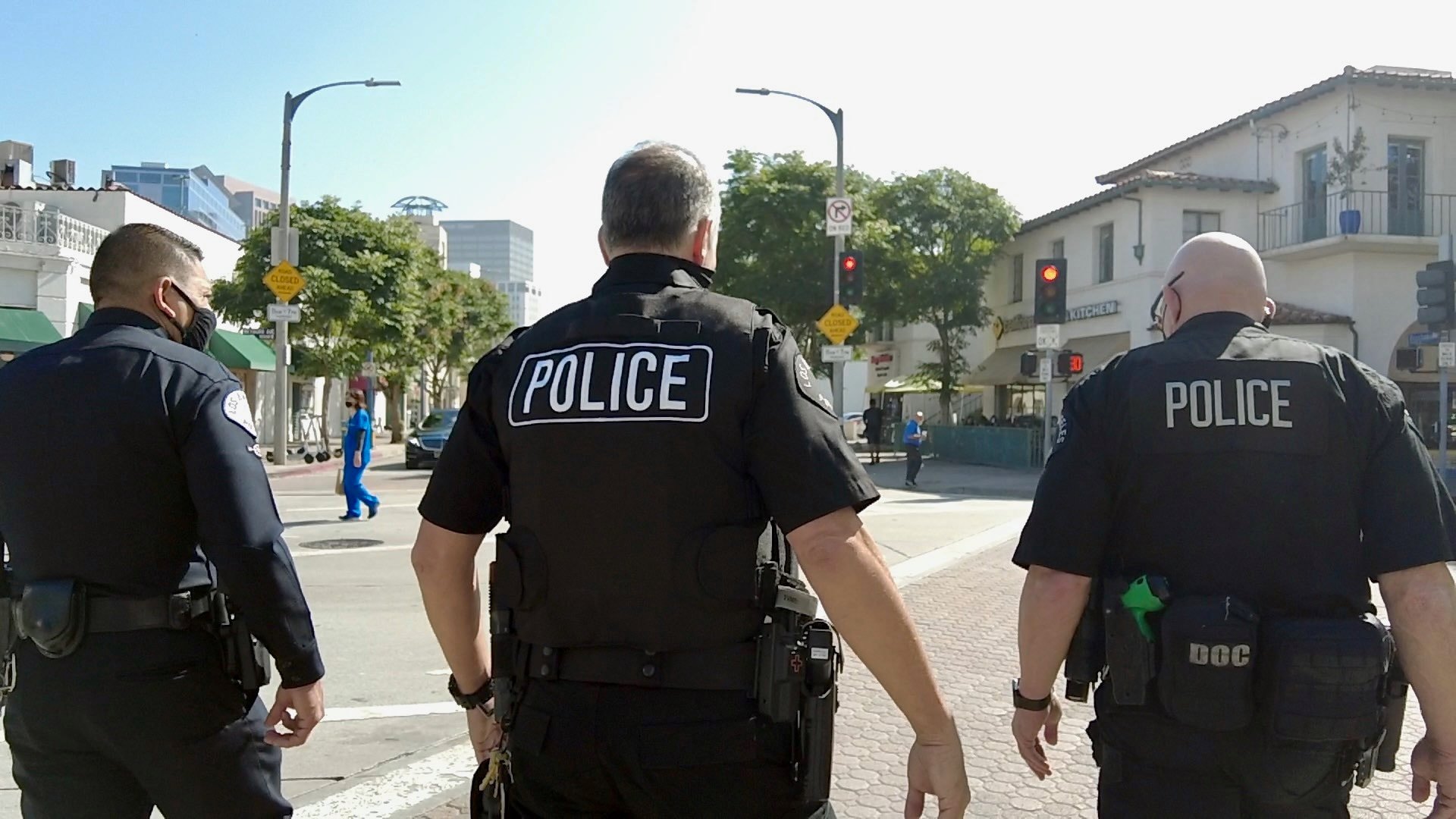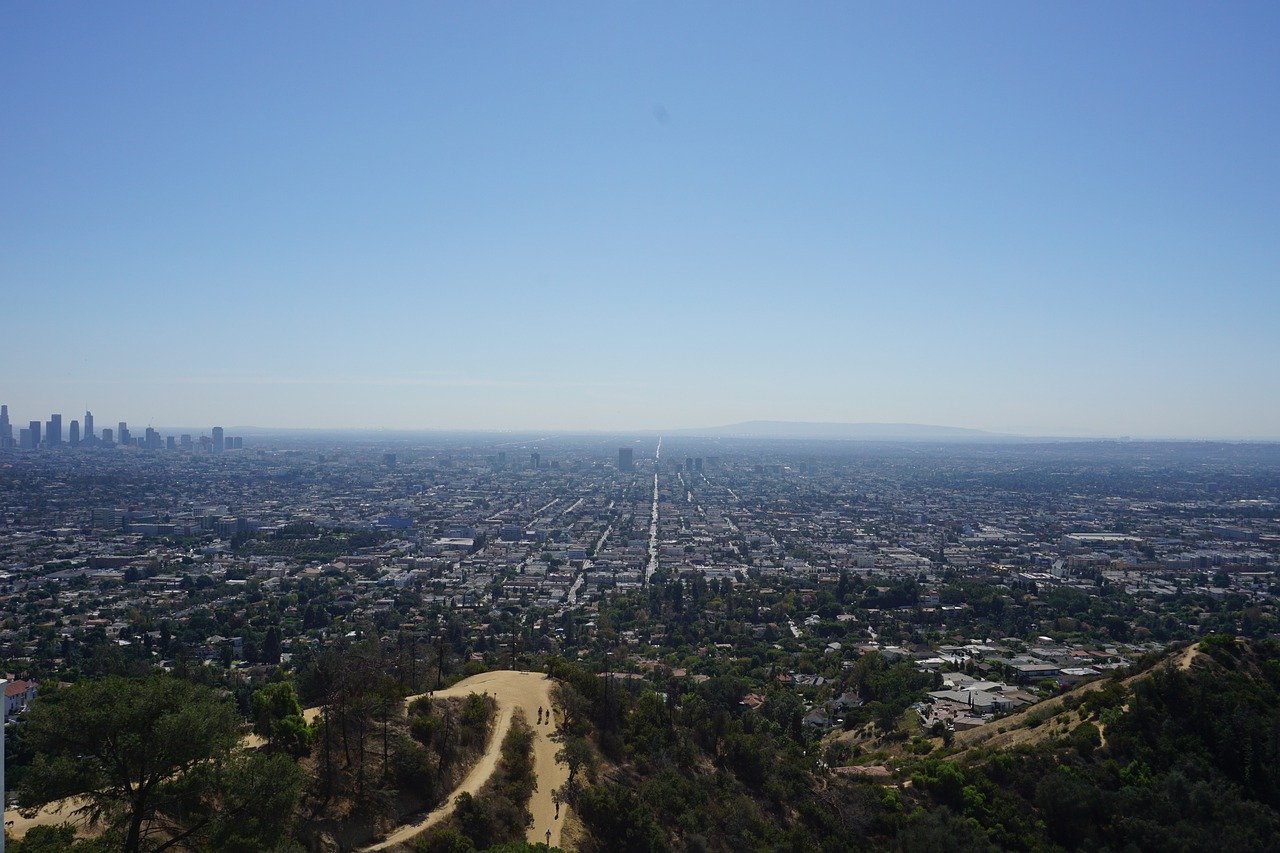By Margaret Shuttleworth
The Los Angeles City Council Tuesday is scheduled to hold its final state-required public hearing on proposed new borders for the city’s 15 council districts, which must be adopted in time take effect Jan. 1.
The noon hearing is the last of two, and during the first hearing on Nov. 10, several residents called to weigh in on the draft map, which can be viewed at https://bit.ly/3oPELT4.
People who missed the first hearing can submit public comment by dialing 669-254-5252 with Meeting ID No. 160 535 8466 and then pressing #. Participants will then press # again when prompted for participant ID. They will then press *9 to request to speak.
The council is expected to vote on adopting a final map on Dec. 1.
During the first public hearing, the council received several calls from San Fernando Valley residents opposing the proposed map for dividing the neighborhoods of Studio City and Reseda between two different council districts, with Studio City divided among Council Districts 2 and 4, and Reseda divided among Council Districts 3 and 4.
“I don’t know why you’re splitting valley communities if they have similar interests and similar demographics, they go to similar stores and business. Why split Studio City, why split Reseda? Keep them all together,” a caller who identified himself as Kenneth said.
Studio City Neighborhood Council Vice President Scott Mandell urged Councilman Paul Krekorian to introduce an amendment to the map that would give Council District 2 the entirety of Studio City.
“We want to remain whole, we want to remain in the same council district with the same council member we voted for,” Mandell said.
Other residents who called into the meeting praised the unification of their neighborhoods under one council district, particularly Koreatown and Hollywood.
Eunice Song, executive director of the Korean American Coalition and member of the Koreatown Redistricting Task Force, said she supported the map for its unification of Koreatown under Council District 10, for which community members have long advocated.
Several people called in to oppose the map for not returning Exposition Park and USC to Council District 8, where both had been located until the redistricting process a decade ago, when they were moved to Council District 9.
“This is the time to undo the harm done 10 years ago and do justice,” a member of Community Coalition said.
The council on Nov. 9 advanced the draft map, following a week in which council members made significant tweaks to a map originally drafted by a civilian redistricting commission. City Council President Nury Martinez had blasted the commission’s original map, saying the changes it proposed for council districts “confused and alienated thousands.”
On Nov. 2, council members introduced dozens of amendments to the commission’s draft map, followed by more changes introduced by the City Council Ad Hoc Redistricting Committee on Friday.
Councilman Marqueece Harris-Dawson — who represents Council District 8 and had attempted to return assets to his district — and Councilwoman Nithya Raman were the only two council members to vote against advancing the draft map Nov. 9.
Raman’s office said that even with amendments made to the map to restore part of Council District 4 to the councilwoman who was elected in November 2020, Raman still loses about 40% of her constituents under the current proposal.
The council’s significant changes to the civilian commission’s recommended map came amid calls from many — including the commission itself — to change the city’s policy in the future to allow an entirely independent body handle the redistricting process.
In the commission’s recommendations submitted to the City Council, it called for an independent body to redraw the borders in 2031.
“This commission over the last year confirmed that the quasi-independent nature of the advisory commission simply does not work,” commission Chairman Fred Ali told council members. “It’s time for an independent, rather than advisory, commission to assume responsibility for redistricting for the good of our city.”
The Redistricting Commission uses data from the U.S. Census to update the city’s districts, with each council member representing about 260,000 people.
Ali told council members on Nov. 2 that 15,000 people offered comment during the process, but he noted challenges during the process, including the COVID-19 pandemic, census data being delayed by five months and a “historic undercount of certain communities” within that data.
Martinez said the commission’s map reflected an undercount she attributed to the Trump administration’s failed attempt to add a citizenship question to the census and the former president’s confusing messaging on the census’ deadline.
“Los Angeles’ numbers are simply not accurate. Look around you, we did not get whiter and we did not get wealthier. This is not the Los Angeles that I see around me,” Martinez said.






